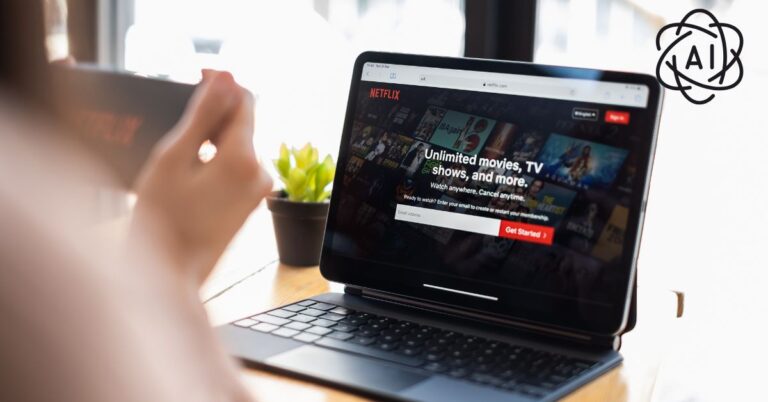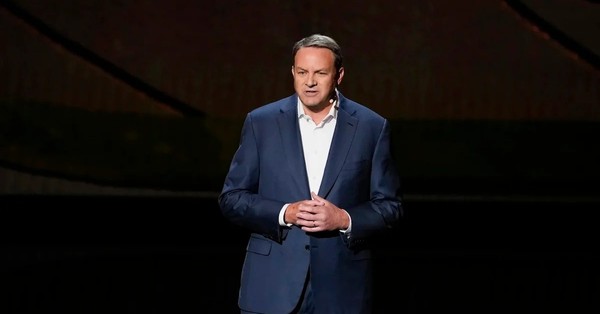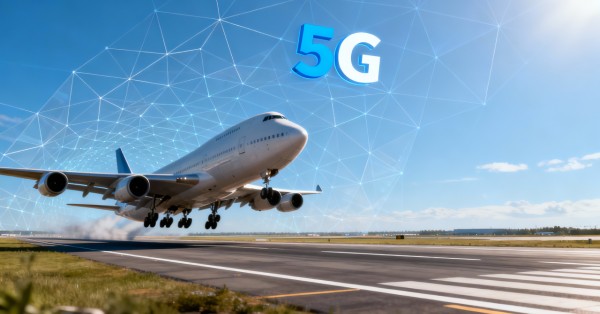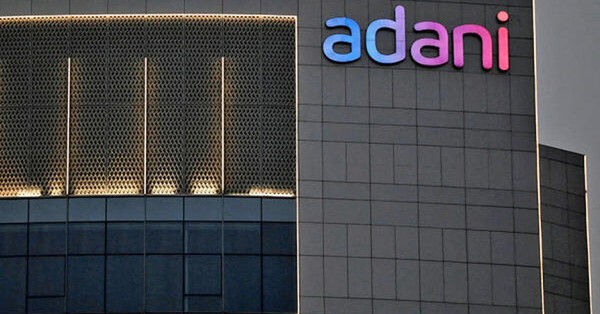Netflix’s All-In Generative AI Strategy: Why It Matters Now
Netflix is expanding generative AI across recommendations, ads, and production workflows, signaling how big media will operationalize AI at scale without replacing human creativity.
From Personalization to Production: AI as a Platform Capability
Netflix has long used machine learning for discovery, artwork testing, and streaming efficiency; the new phase layers generative models into more parts of the stack. The company highlighted recent use in final footage, de-aging in a new film, and pre-visualization for set and wardrobe design. This is not about automating storytelling; it is about compressing timelines, lowering iteration costs, and enabling more variants for testing and localization. Expect AI to touch asset creation, trailer and thumbnail generation, dubbing and subtitling, quality control, and promotional creative — all tied to measurable uplift in engagement and ad yield.
Streaming Economics: Cost Pressure and the Ad-Tier Flywheel
Streaming economics are pushing platforms to extract more value per title while controlling budgets. Generative AI can accelerate pre- and post-production, improve the hit rate of promotions, and support ad creative at scale for the growing ad-supported tier. The economics hinge on GPU supply, inference efficiency, and rights-clear training data. Netflix’s ability to coordinate creative, data science, and distribution gives it leverage; the question is how quickly this translates into higher watch time, lower unit costs, and better ad relevance.
How GenAI Is Reshaping the Creative Ecosystem
Studios appear poised to deploy GenAI behind the camera first, even as labor groups press for guardrails and enforce new contractual protections.
Practical GenAI Use Cases: VFX, De-aging, Previs, and Localization
Early patterns show targeted use: simulating complex shots, age adjustments, environment extensions, and concept design before cameras roll. Generative tools are also maturing in localization and accessibility — synthetic voices, lip-sync, and adaptive subtitling — areas where Netflix already invests. These workflows can redistribute tasks within VFX and post-production rather than outright replacing roles, but they will change skill mixes and vendor selection criteria. Software ecosystems to watch include Adobe Firefly, Runway, Nvidia Omniverse, and integrations from AWS, Google Cloud, and Microsoft Azure aimed at secure studio pipelines.
AI Governance and Union Guardrails
Unions and guilds secured first-generation AI clauses after recent strikes, and they continue to push for consent, compensation, and usage transparency. New video and audio generators from model labs have intensified calls for stronger safeguards against unauthorized likeness and voice cloning. Studios will need provenance tooling, explicit consent management, and audit trails that satisfy contractual and regulatory obligations. Solutions anchored in C2PA content provenance and emerging SMPTE standards are moving from pilots to requirements.
GenAI Implications for Telecom, Cloud, and Edge
GenAI in streaming has upstream compute and downstream delivery impacts that open new opportunities for networks and clouds.
Workloads: Fine-Tuning and High-Volume Inference vs. Training
Most studios will not train frontier models; they will fine-tune domain models and run heavy inference for assets at scale. That points to hybrid strategies: burst to hyperscalers for capacity; keep sensitive data and workflows in controlled environments. GPU availability, scheduler efficiency, and content-aware storage become bottlenecks. Telecom operators with metro data centers and managed GPU offerings can win pre- and post-production workloads, dailies review, and collaborative editing where proximity matters.
Network Impact: Storage, Caching, and Large-Scale A/B Testing
Generative workflows create more variants — cuts, trailers, thumbnails, and ad creatives — increasing origin egress and CDN object counts. Netflix’s own CDN reduces its exposure, but similar publishers will lean on multi-CDN strategies. ISPs should expect more small-object churn and metadata calls tied to experimentation. QoE remains paramount: AV1 adoption, per-title encoding, and ML-driven upscaling will continue to squeeze bits while protecting quality. Edge compute can support real-time personalization and dynamic ad decisioning during peaks without backhauling every call to public clouds.
Device-Side AI and the Streaming Experience
As TVs, phones, and set-tops add NPUs, some inference can move on-device: super-resolution, dialog enhancement, or accessibility features. That reduces latency and cloud cost, but multiplies testing matrices across chipsets. Standards-aligned approaches (e.g., CTA WAVE) and robust telemetry will be critical. For operators bundling streaming, coordinated firmware updates and AI workload isolation will help avoid QoE regressions.
Risks and Constraints for Scaling GenAI
Execution will be gated by rights, safety, cost, and trust — areas that can slow scale if not addressed early.
Copyright, Consent, and Dataset Hygiene
Enterprise-grade datasets with clear provenance are non-negotiable. Contracts must define training versus inference usage, likeness rights, and residuals. Expect more studios to require synthetic data logs and opt-in registries for performers. Vendors that cannot attest to clean data and enforceable consent will be screened out of studio stacks.
Safety, Deepfakes, and Content Provenance
Actor and guild pressure for stronger guardrails will continue, especially around voice and image generation. Watermarking, tamper-evident manifests, and distribution-time verification should become baseline practice. Platforms will need rapid takedown flows and forensics to mitigate reputational risk from manipulated content.
Unit Economics and Sustainability of AI Workloads
Inference, not training, will dominate costs for media players deploying AI across catalogs. Model distillation, quantization, and accelerator selection (GPU, ASIC, NPU) will define margins. Power and cooling constraints will shape siting decisions; operators with efficient facilities and renewable SLAs gain an edge.
Action Plan: What Businesses Should Do Next
Leaders should turn the Netflix signal into a concrete roadmap across technology, policy, and partnerships.
Playbook for Telecom Operators and Edge Providers
Stand up GPU-enabled metro zones near studio hubs and ad exchange cores; offer low-jitter private connectivity into post houses and cloud regions. Integrate C2PA provenance verification into CDN workflows. Build managed services for real-time ad decisioning, A/B testing at the edge, and AI-powered QoE analytics that correlate model decisions with viewing outcomes.
Playbook for Hyperscalers and SaaS Vendors
Package secure media pipelines that combine rights-aware data stores, model fine-tuning, and cost-managed inference. Offer transparent model cards, dataset disclosures, and consent tooling out of the box. Prioritize interoperability with SMPTE and DPP practices, and deliver enterprise SLAs for watermarking and provenance services.
Playbook for Studios, Streamers, and Advertisers
Codify AI usage policies in talent and vendor contracts, with clear consent and compensation mechanisms. Pilot GenAI in VFX, localization, and marketing creatives with human-in-the-loop QA and measurable KPIs. Invest in governance — model registries, red-teaming, and audit trails — before scaling to high-volume campaigns and catalog-wide workflows.
Guidance for Enterprise CTOs
Treat GenAI as a platform capability, not a point tool. Build a reference architecture that spans data governance, model lifecycle, observability, and cost controls. Run total-cost-of-experimentation models and avoid lock-in by validating cross-cloud portability and accelerator diversity. The winners will deliver faster cycles with trust built in.








































